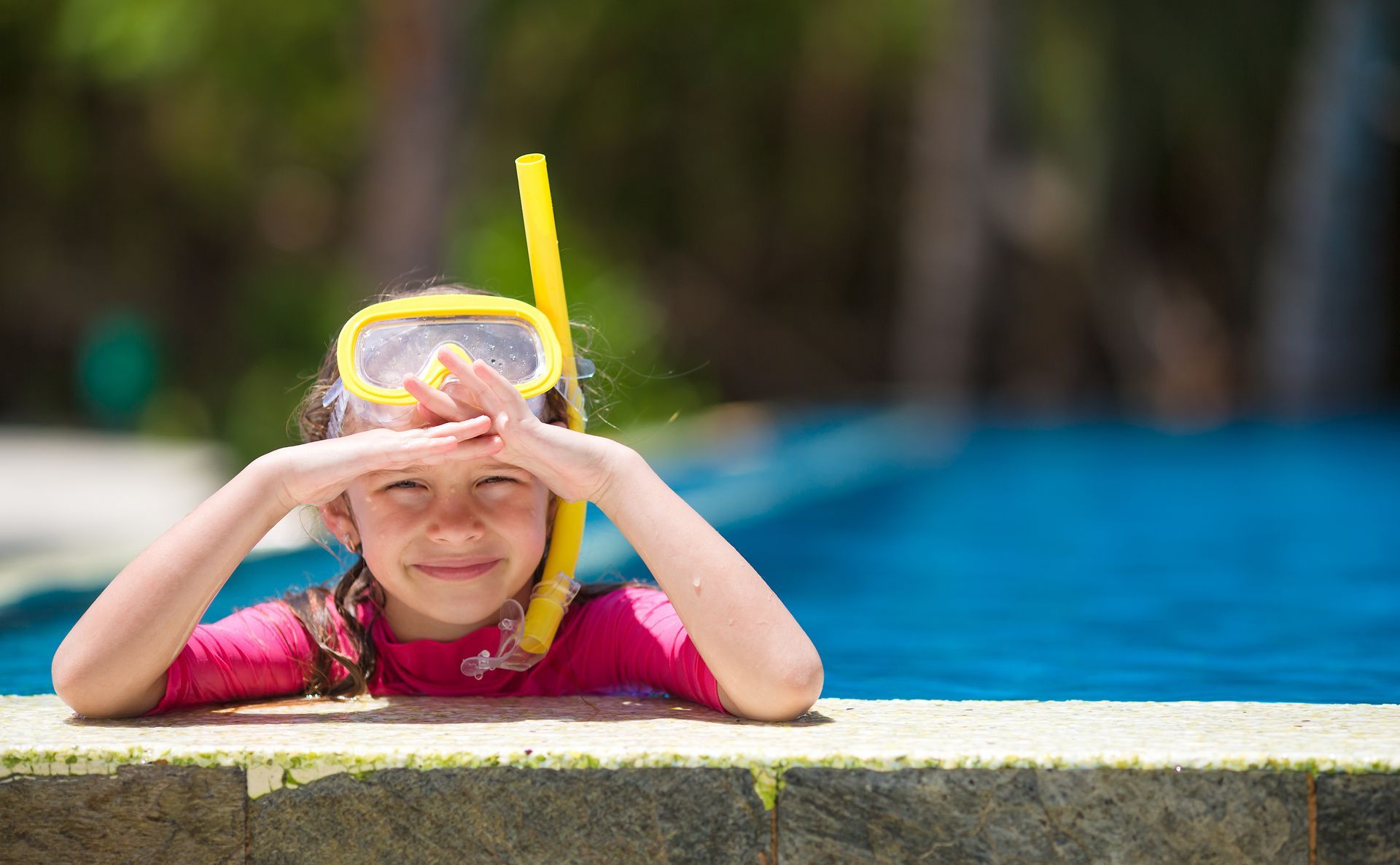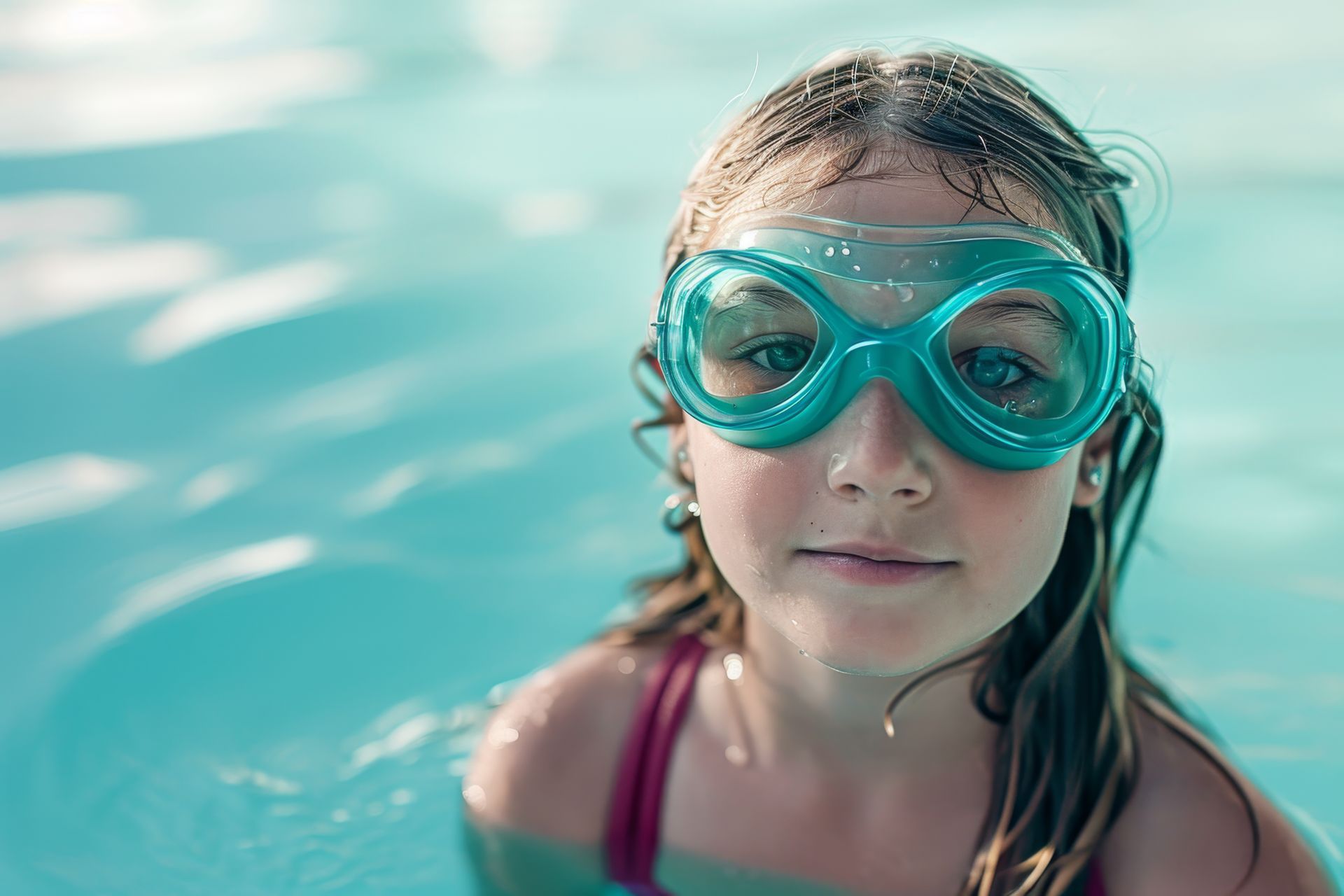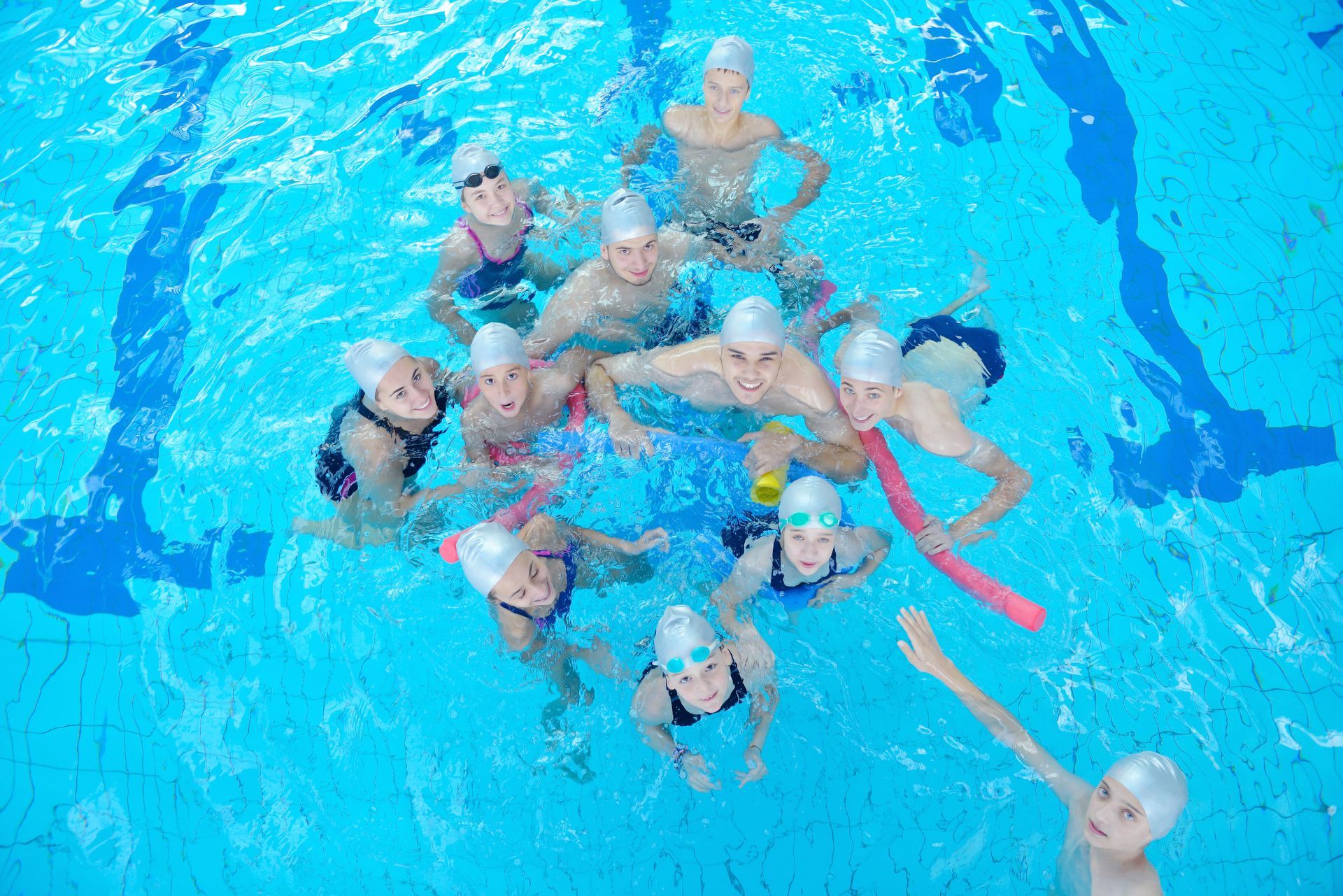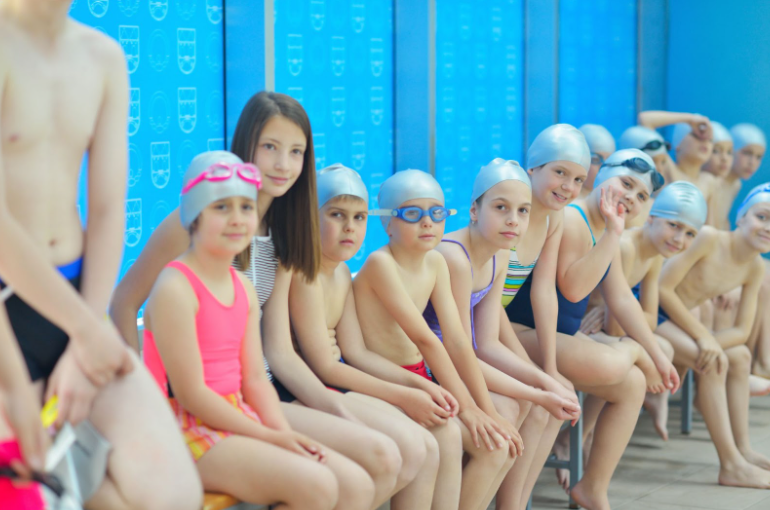Talking Positive, Part One: Getting Kids Comfortable with Their Environments

Positive language is extremely important to the learning process. It can be as easy as saying good job after a skill is achieved or more advanced, such as changing how you describe the activities and environments our youth find themselves in.
Over the past century, psychologists and educators have discovered more and more how crucial language is to learning and development. A revolution in our understanding of the role language has in thinking when Benjamin Lee Whorf, a fire insurance salesman and perhaps the most brilliant amateur anthropologist in American history began to think about an insurance claim he has. The story goes that several workers at a plant had been taking a smoke break when one of them tossed a match into an oil barrel labeled “EMPTY”, causing an explosion from the fumes still remaining. From this simple example, and his ongoing work, Whorf discerned that the way we perceive the world is a constant interplay between physical information such as “this pool has a deep end” and the signs, or words, we use to describe the world, ourselves, and one another. If you don’t want your children to play in the library, telling them curtly what amounts to Do Not Enter is going to make playing in the library a choice between obeying or disobeying their parents, while telling them not to play in there and going in depth about your papers and this and that will probably leave them bored and disinterested.
The role that these advances have played in education cannot be understated. We try very hard to frame the world in a warm and positive way and talk about the progress of the students in terms that they can not only relate to but also in ways that make them look forward to future advances and feel special. In the pool, we use the word “floor” rather than “bottom”. Anyone working with children is reminded constantly of the associative properties of words and “bottom”. When educators choose words they are not just considering the other words or concepts the student might think of, but also how the context they find themselves in frames these connections. For instance, “bottom” for a student already afraid of the situation, will connect to more fearsome ideas while “floor” will be so familiarly mundane that the student will be approaching the situation in a far different fashion and his or her anxiety will have trouble attaching to the pool. Everyone has experienced a floor in their life and the bottom sounds like the unknown. The fact is that we teach people to swim on the surface of the pool first, not the floor, and it is frankly better for everyone involved if the students are not even thinking about the pool floor.
Some other examples…”all the way to the other end” is very far, but “over there” is do-able. “The deep end” always has a scary end, and produces a sinister imaginary line where the pool floor begins to slope down that leaves many students short of breath when they think about it. We say “blue water” or “other end” instead of deep end. Other choices we use are “walk” instead of “don’t run”, “stand still” instead of “don’t jump”, “hands to yourself” instead of “don’t hit”. These avoid altogether making the child’s choice a power issue. And my personal favorite, “you are not behaving safely, do you need to sit in the safety seat?”
The Safety Seat, instead of the familiar Time Out, is a great example of how a simple choice of words can make for a more effective lesson. The child has to watch children who are behaving safely having fun, they are forced to associate their unsafe behavior with the seat they are sitting on (an association that does not go away when they return to the water!) and the entire behavior redirection falls under the umbrella of safety.
It is simple choices that can make the biggest differences in how we approach the world and the roles we can have as educators and parents. Our focus is swimming and safety, so we are always trying to influence confidence and conscientiousness in our students by constantly linking positive language and strong safety habits that make for not only stronger, safer swimmers but children who will take the associations they have in the pool area and in class away with them.
-Jim Spiers-
The post Talking Positive, Part One: Getting Kids Comfortable with Their Environments appeared first on Swim Jim.







